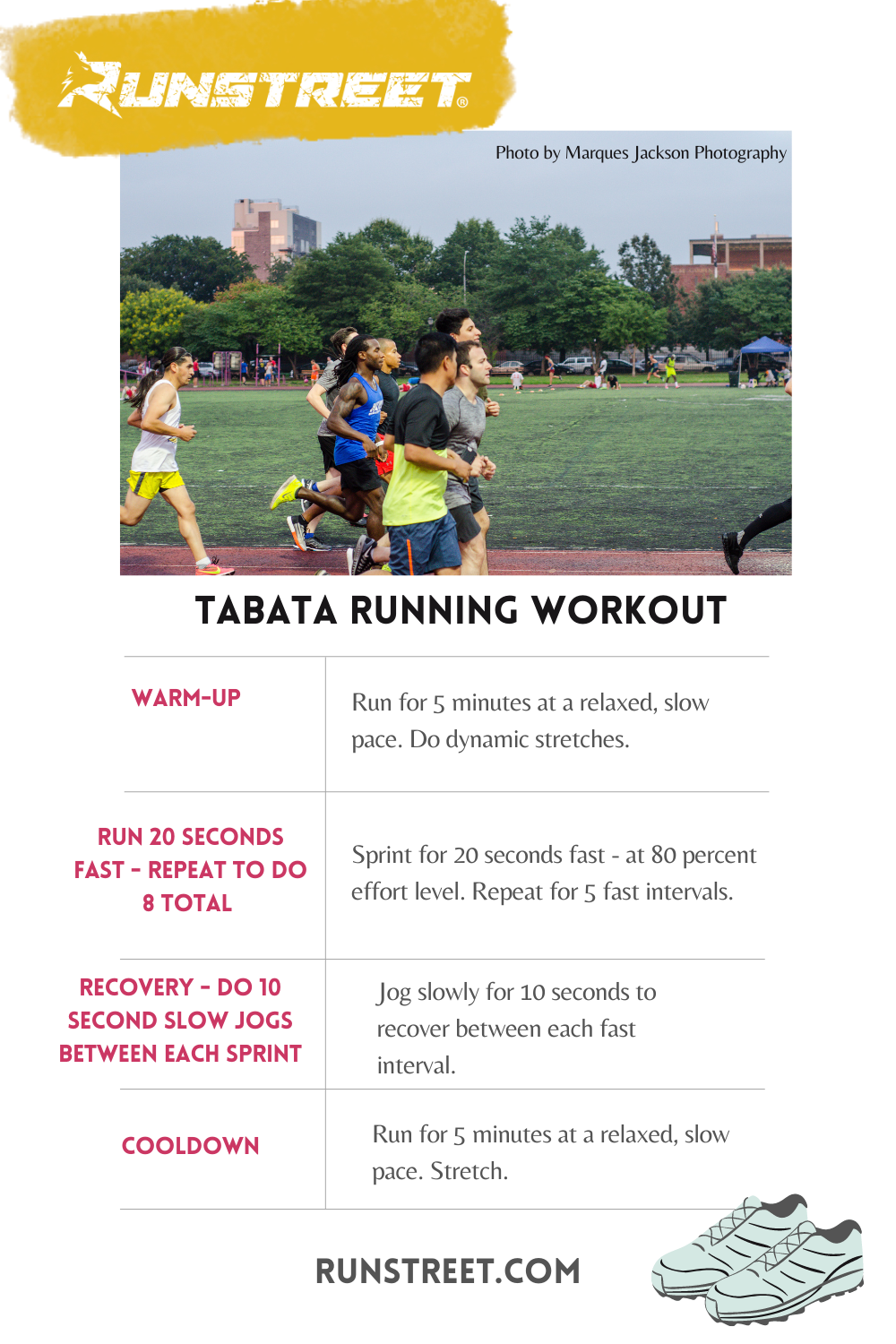Revamp Your Running Strategy: Tips for Boosted Performance
Revamp Your Running Strategy: Tips for Boosted Performance
Blog Article
Handling Usual Running Discomforts: Causes, Solutions, and Avoidance
As runners, we usually encounter various pains that can impede our performance and pleasure of this physical task. From the incapacitating discomfort of shin splints to the bothersome IT band disorder, these usual operating pains can be irritating and demotivating. Comprehending the causes behind these disorders is essential in properly addressing them. By checking out the root reasons for these running discomforts, we can discover targeted services and safety nets to make sure a smoother and a lot more satisfying running experience (find this).
Typical Running Pain: Shin Splints
Shin splints, an usual running discomfort, typically result from overuse or incorrect shoes throughout exercise. This condition, medically known as medial tibial stress and anxiety disorder, manifests as pain along the internal side of the shinbone (tibia) and prevails among athletes and runners. The recurring tension on the shinbone and the tissues connecting the muscle mass to the bone causes inflammation and discomfort. Runners who quickly boost the intensity or duration of their exercises, or those who have level feet or inappropriate running techniques, are especially susceptible to shin splints.
To stop shin splints, people need to slowly increase the intensity of their workouts, wear ideal shoes with appropriate arch support, and maintain versatility and strength in the muscle mass bordering the shin. If shin splints do happen, initial therapy involves remainder, ice, compression, and elevation (RICE) Additionally, including low-impact activities like swimming or cycling can assist keep cardio physical fitness while enabling the shins to recover. Relentless or severe cases may require clinical evaluation and physical treatment for reliable management.
Typical Running Discomfort: IT Band Disorder
In addition to shin splints, an additional common running pain that athletes often run into is IT Band Syndrome, a problem brought on by inflammation of the iliotibial band that runs along the outer thigh and knee. IT Band Syndrome usually materializes as discomfort on the outside of the knee, particularly throughout tasks like running or cycling. The iliotibial band is a thick band of fascia that attaches the hip to the shin, and when it comes to be inflamed or limited, it can rub against the upper leg bone, leading to pain and pain.
Joggers experiencing IT Band Disorder may observe a stinging or aching sensation on the external knee, which can intensify with ongoing activity. Factors such as overuse, muscle imbalances, inappropriate running form, or insufficient warm-up can add to the advancement of this condition. To stop and ease IT Band Disorder, runners must concentrate on extending and strengthening exercises for the hips and upper legs, proper footwear, progressive training development, and resolving any type of biomechanical issues that may be aggravating the trouble. Ignoring the symptoms of IT Band Syndrome can result in chronic issues and extended healing times, emphasizing the importance of very early intervention and appropriate administration methods.
Common Running Discomfort: Plantar Fasciitis

Plantar Fasciitis can be credited to different factors such as overtraining, improper footwear, working on difficult surfaces, or having high arcs or level feet. To stop and minimize Plantar Fasciitis, joggers can include extending exercises for the calf bones and plantar fascia, use supportive shoes, maintain a healthy and balanced weight to lower stress on the feet, and progressively increase running strength to avoid abrupt stress and anxiety on the plantar fascia. If symptoms persist, it is recommended to speak with a medical care specialist for proper medical diagnosis and treatment alternatives to deal with the problem effectively.
Common Running Pain: Jogger's Knee
After attending to the difficulties of Plantar Fasciitis, one more widespread problem that runners commonly face is Jogger's Knee, a typical running pain that can prevent sports performance and trigger pain throughout physical task. Runner's Knee, likewise called patellofemoral pain disorder, manifests as pain around or behind the kneecap. click over here This condition is typically credited to overuse, muscle mass inequalities, improper running methods, or issues with the placement of the kneecap. Joggers experiencing this pain may feel a plain, hurting discomfort while running, rising or down stairways, or after extended durations of sitting. To avoid Runner's Knee, it is vital to integrate appropriate workout and cool-down regimens, maintain strong and well balanced leg muscular tissues, wear appropriate footwear, and gradually enhance running intensity. If symptoms linger, inquiring from a medical care professional or a sporting activities medication expert is advised to identify the underlying reason and develop a customized therapy plan to relieve the pain and avoid additional issues.
Typical Running Discomfort: Achilles Tendonitis
Generally affecting joggers, Achilles Tendonitis is an agonizing problem that impacts the Achilles ligament, triggering pain and potential limitations in physical task. The Achilles ligament is a thick band of cells that attaches the calf muscles to the heel bone, essential for tasks like running, jumping, and walking - original site. Achilles Tendonitis typically creates because of overuse, inappropriate shoes, insufficient extending, or unexpected rises in physical activity
Signs And Symptoms of Achilles Tendonitis consist of discomfort and tightness along the tendon, specifically in the early morning or after durations of inactivity, swelling that worsens with activity, and possibly bone spurs in persistent instances. To protect against Achilles Tendonitis, it is essential to extend effectively in the past and after running, wear proper shoes with proper support, slowly increase the intensity of exercise, and cross-train to decrease recurring stress on the ligament.
Final Thought

Report this page